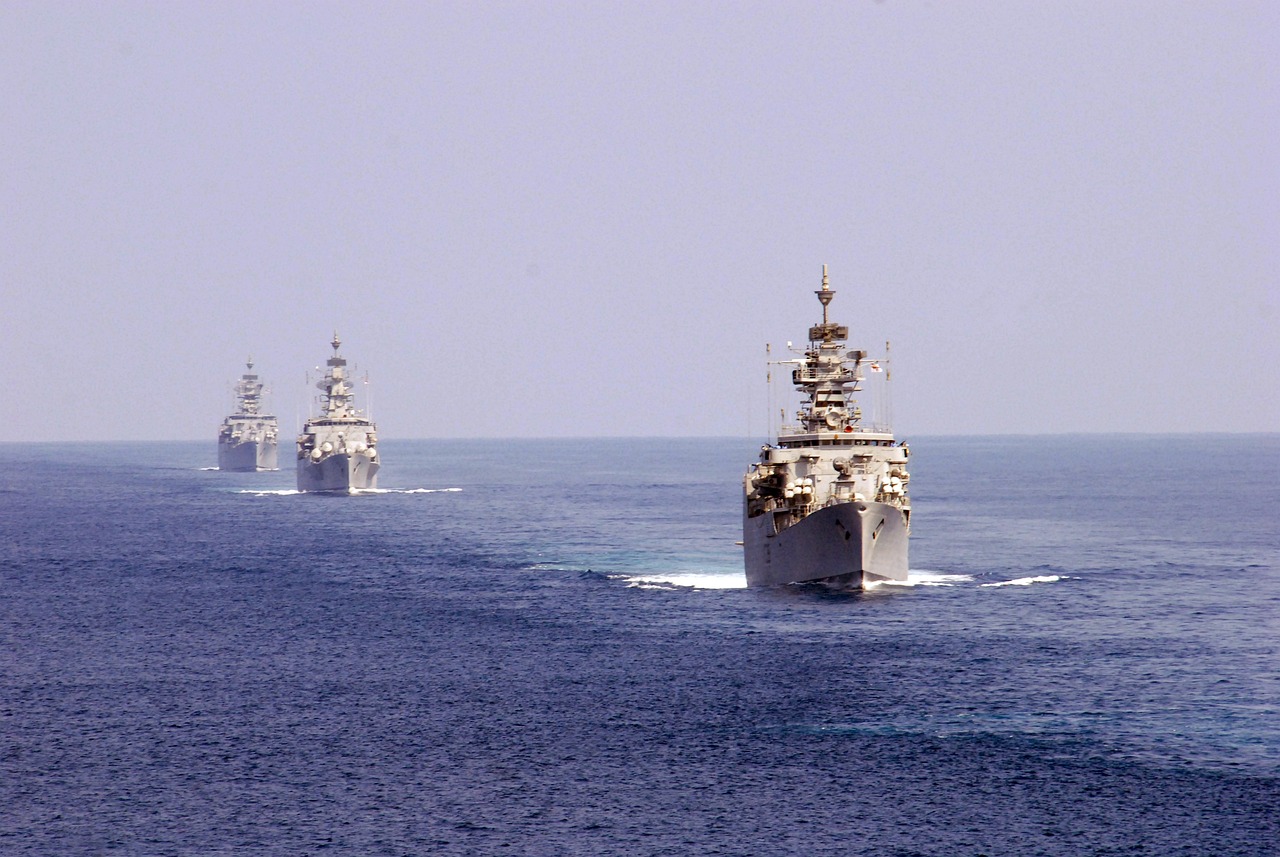This post is also available in:
 עברית (Hebrew)
עברית (Hebrew)
The Royal New Zealand Navy will soon receive its first 6.8-meter renewable-powered Uncrewed Surface Vessel (USV) for trial. Called “Bluebottle,” it is meant to provide persistent surveillance around the waters of New Zealand for fishery protection, border protection, or meteorological data.
Once operational, “Bluebottle” will set out to perform its maritime tasks without fuel or personnel on its planned seven-month-long trial. According to Interesting Engineering, the USV uses a retractable rigid sail for wind propulsion, powered by photo-electric cells on the sail. It is equipped with a special flipper and rudder mechanism that allows it to navigate and move forward even in the absence of sunlight and wind, can reach a maximum speed of five knots, and operate at sea indefinitely (even in rough conditions with wave heights of six to nine meters).
Safe and effective system control and vessel identification are enabled by sensors like radar, electro-optic, and infrared cameras. The USV will be monitored and operated from a control room located at Devonport Naval Base, which will communicate with it through mobile phone signals when the USV is close to the shore and via high- and low-bandwidth satellites when it is further offshore.
The RNZN’s Commander of Autonomous Systems Commander Andy Bryant expressed his excitement for witnessing the potential of the USV, stating: “The Bluebottle has already undertaken a range of activities in support of the Australian Government for long [periods] without the need for refueling, recharging, or crew respite.” He added that he is confident that they will see similar benefits from the time they have with the vessel, particularly a better understanding of how to operate and sustain uncrewed vessels.
In terms of launch and carrying, the USV can be transported by trailer to almost anywhere in New Zealand, where it can be launched and recovered from a boat ramp. It can also be craned on and off a Navy ship to launch operations while deployed overseas.


























